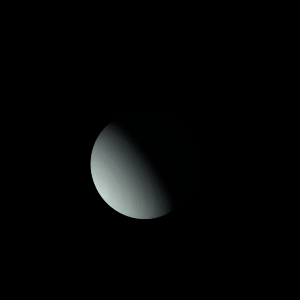|
|
Space Astro
|
Info for exoplanet "Gyumya"
| Scientific (actual) data |
|---|
| Name | HD 25015 b |
| Planet status | Confirmed |
| Planet mass | 9.077 |
| Mass sini | 4.48 |
| Orbital period | 6134.4 |
| Semi major axis | 6.248 |
| Orbit eccentricity | 0.341 |
| Inclination | 32.046 |
| Discovered | 2019 |
| Updated | 2024-06-19 |
| Omega | 87.981 |
| Tperi | 2455850 |
| K | 62.647 |
| Publication | Published in a refereed paper |
| Detection type | Radial Velocity, Primary Transit |
| Mass measurement type | Astrometry |
| Star name | HD 25015 |
| Right ascension | 59.43° |
| Declination | -20.27° |
| Mag v | 8.9 |
| Star distance | 37.45 |
| Star metallicity | 0.04 |
| Star mass | 0.86 |
| Star radius | 0.83 |
| Star sp type | K2V |
| Star age | 4 |
| Star temperature | 5160 |
| Wikipedia article | HD 25015 b |
Back
| |
| Fictional info (?) |
|---|
| Suggested name | Gyumya |
| Planet type | Huge cold gas giant |
|
| Atmosphere | Sulfur dioxide | 45% |
| Hydrogen peroxide | 34% |
| Methane | 21% |
| Hydrogen chloride | 0.012% |
| Hydrogen deuteride (HD) | 0.00099% |
| Atmospheric pressure | 15 bar |
 |
| No known satellites |
| Google search for Gyumya |
|
Website by Joachim Michaelis
|
|
|
|